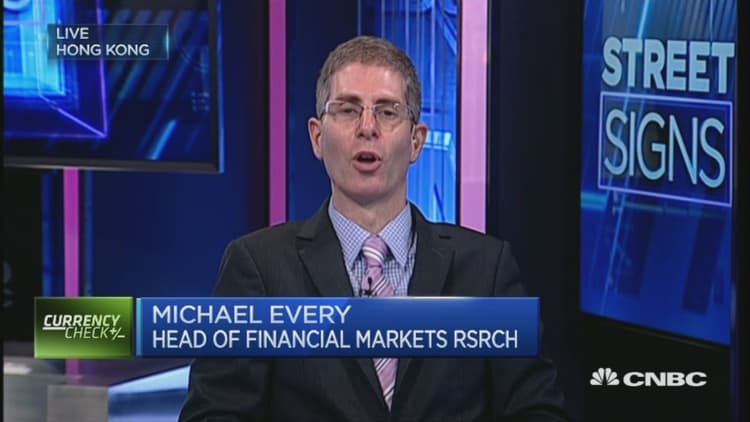
The Bank of England may cut interest rates on Thursday after more than seven years on hold, due to the economic and financial fallout from the Brexit vote.
The bank's Monetary Policy Committee (MPC) met on Wednesday for the first time since the U.K. voted to leave the European Union in a referendum last month. Many in the market see it deciding to slash its benchmark interest rate by 25 basis points (bps) to 0.25 percent. This would be the bank's first move since cutting rates to 0.5 percent from 1.0 percent in March 2009.
One week after the vote, Bank of England Governor Mark Carney issued guidance that hinted at policy changes to come.
"The economic outlook has deteriorated and some monetary policy easing will likely be required over the summer," he said in a speech on June 30 at the Bank of England in London.

Now, Berenberg economists see the Bank of England as more likely than not to cut its key rate on Thursday.
"We see a 60 percent chance that the nine-member MPC votes to cut the bank rate, if so, probably by 25bps," Kallum Pickering, senior U.K. economist at Berenberg, said in a report on Monday.
In his speech, Carney flagged the possibility of non-rate-related policy changes in August, once the Bank of England had updated its growth and inflation forecasts. These estimates will be published in next month's Inflation Report.
"There is a chance the MPC holds for now and instead opts to send a dovish signal that the bank will ease monetary policy three weeks later at the August Inflation Report," Pickering said.
Non-rate-related easing could include a restart to the bank's quantitative easing program. This program was authorized in 2009 in the wake of the global financial crisis and saw the bank purchase £375 billion ($498 billion) of assets.
"Given the weak growth profile, we expect the Bank of England to cut official rates toward (but not below) zero and thereafter consider quantitative easing if further stimulus is deemed necessary," Mike Amey, head of sterling portfolios at Pimco, said in a report on Tuesday.
"This should support gilts and keep sterling on the back foot," he added.


